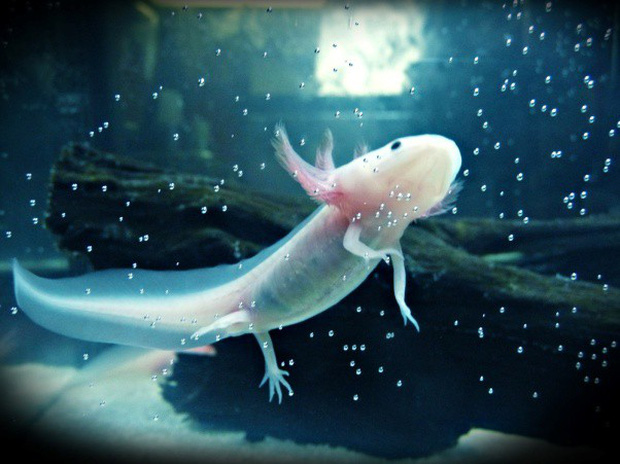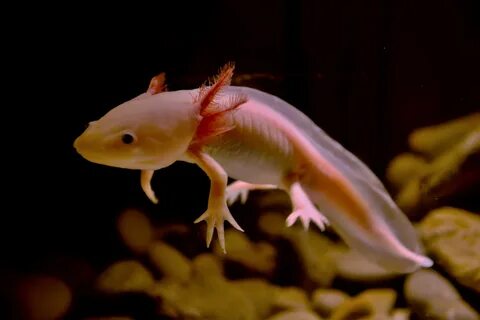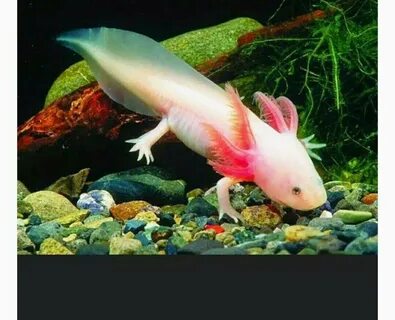The Mexican salamander, also known as the axolotl, is a fascinating creature with remarkable abilities. Its ability to regenerate lost limbs and even part of its heart has earned it admiration from the scientific community and popular culture alike. However, despite its unique features, this species is facing extinction due to several factors, including its popularity as a food source and the destruction of its natural habitat.
Regeneration: A Unique Feature
The Mexican salamander is famous for its ability to regenerate lost limbs and other body parts. When a leg or tail is cut off, the axolotl can regenerate it within weeks without leaving a scar. This ability has fascinated scientists for decades, and researchers have been studying the salamander’s regenerative properties to learn more about how to heal injuries and diseases in humans.
But the axolotl’s regenerative abilities don’t stop there. It can also regenerate part of its heart tissue, which is a rare trait in the animal kingdom. This feature has made the Mexican salamander a valuable research subject for scientists studying heart disease and regeneration.
Threats to the Axolotl’s Survival
Despite its amazing abilities, the Mexican salamander is in danger of becoming extinct. The axolotl’s natural habitat is limited to a few freshwater lakes and canals in Mexico City, which have been contaminated by pollution and other human activities. Additionally, the salamander’s popularity as a food source in Mexico has led to overfishing and a decline in their population.
Furthermore, the demand for axolotls as pets has increased in recent years, and they are frequently sold in the exotic pet trade. This practice has also contributed to the decline of the species, as axolotls are often bred in captivity and sold to buyers who may not have the proper knowledge or resources to care for them.
Efforts to Save the Axolotl
In recent years, several initiatives have been launched to save the Mexican salamander from extinction. These include efforts to reduce pollution in the axolotl’s natural habitat and to promote sustainable fishing practices. Conservation organizations have also raised awareness about the importance of preserving the axolotl and its unique regenerative abilities.
In addition to conservation efforts, researchers are also studying the axolotl’s genetic makeup to learn more about its regenerative abilities. Scientists hope that by understanding how the axolotl regenerates its limbs and heart tissue, they can develop new treatments for human diseases and injuries.
The Mexican salamander, with its remarkable regenerative abilities, is a unique and valuable creature. However, its survival is threatened by a combination of factors, including pollution, overfishing, and habitat destruction. While efforts are being made to save the axolotl, much more needs to be done to ensure its survival. By working together, scientists, conservationists, and policymakers can help protect this fascinating species and preserve its place in the animal kingdom.
